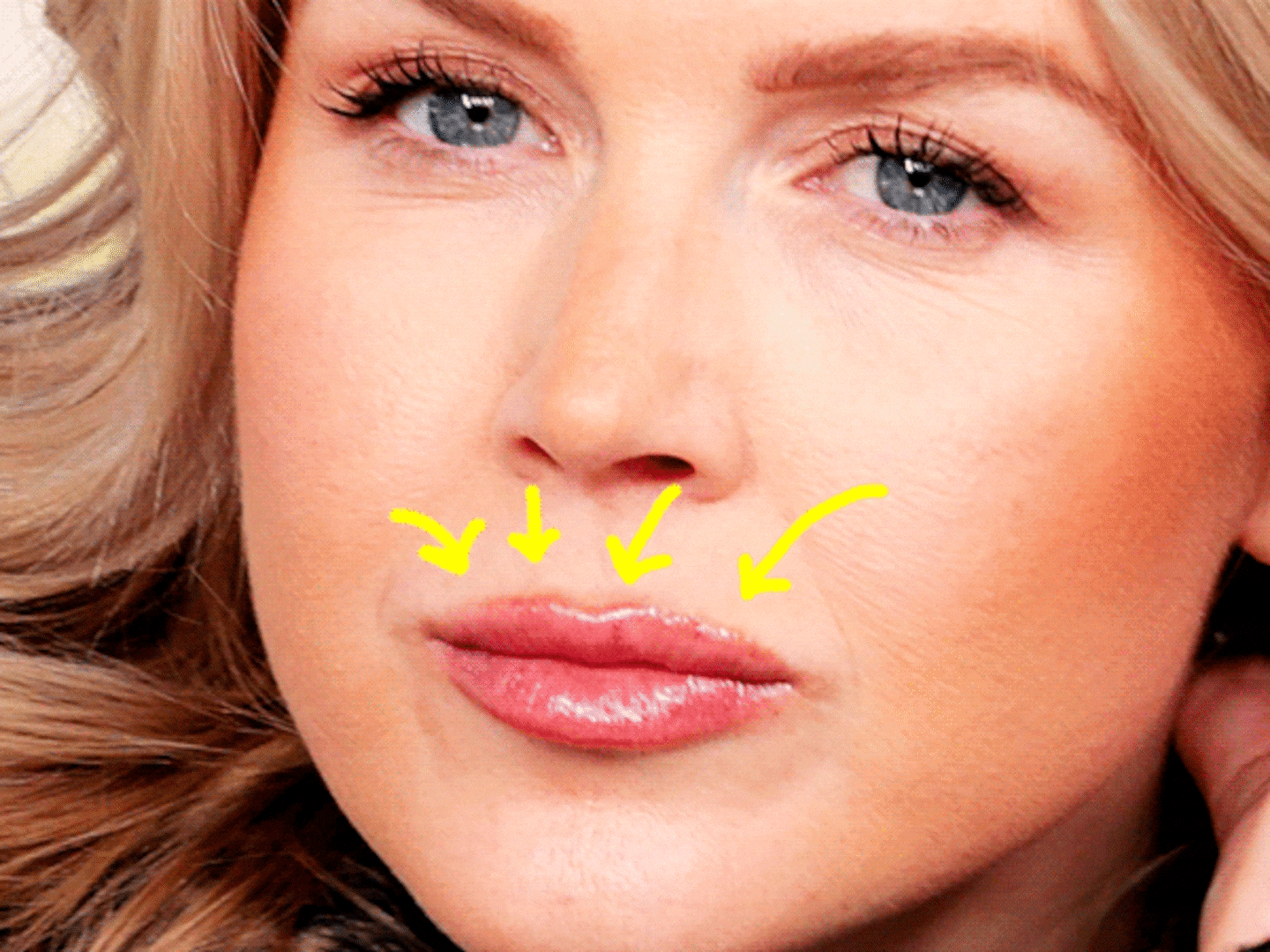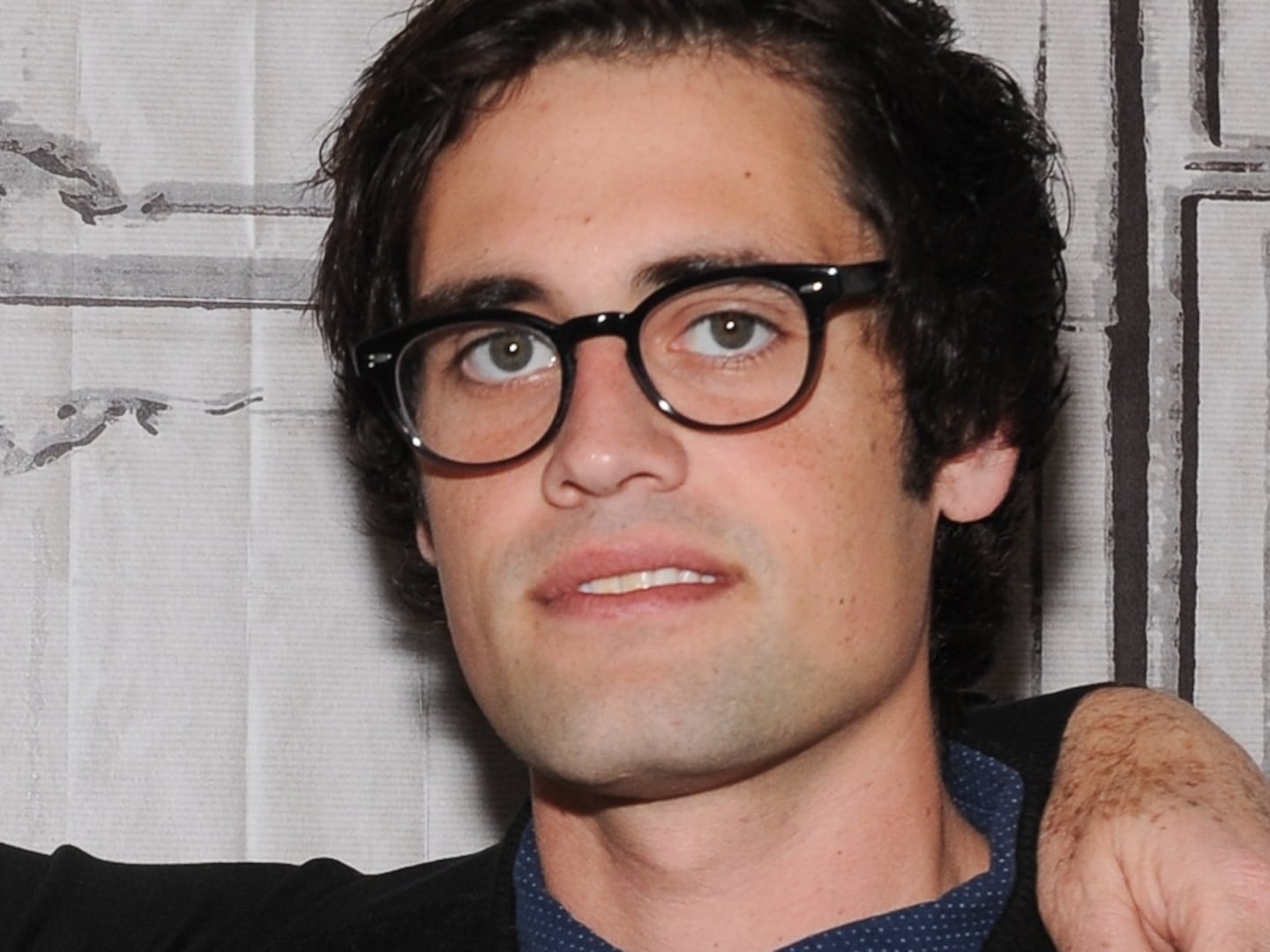Protesters in Benghazi, a major city in the east, fought the government and won. Now they’re building their future. Babak Dehghanpisheh reports from “Free Libya.” Plus, shocking photos and videos from Libya's streets.
The young men in the black Toyota Camry speed down the seaside road, the thundering waves unable to drown out the sound of their firing guns. Across the road, a man wearing green camouflage pants and a checkered black-and-white keffiyeh lifts his AK-47 and blasts an entire clip in the air.

This isn’t a battle for control of the town; it’s a celebration in eastern Libya which protesters have liberated from the government’s control. At the border with Egypt, black graffiti scrawled on a wall tells visitors about the territory they’re about to enter: “Free Libya.” And proud fighters in mismatched uniforms scramble to have their pictures taken in front of their handiwork. “Imagine somebody has tied your hands and blindfolded you for 42 years,” says Col. Adel ben Omran, 49, an air force officer who deserted to join the protesters. “And then they untie you. It’s like you’re in heaven.”
In Benghazi itself, men hang off a seafront wall, clapping and singing boisterously out of tune. Families wave the green, black, and red flag of Libya that dates back to the time of the monarchy. Posters and effigies mocking the country’s psychotic leader Muammar Gaddafi are ubiquitous. One man has tied a green scarf, the color of Gaddafi’s flag, around the neck of his dog. “This is an insult to the dog,” he says with a grin.
Benghazi, as its residents love to point out, is the town where it all began. Protests kicked off when a prominent lawyer was detained on Feb. 15, and quickly spread after activists called for a nationwide anti-regime rally two days later. Within a week, disenchanted youths, political activists, disgruntled tribal leaders and—perhaps most importantly—defecting military leaders wrested control of large swaths of eastern Libya, shaking the regime of one of the most brutal despots in the Middle East.
One man has tied a green scarf, the color of Gaddafi’s flag, around the neck of his dog. “This is an insult to the dog,” he says with a grin.
The uprising in Libya was inspired in part by the recent uprisings in Tunisia and Egypt; organizers even took a page from their fellow protesters' playbook. In Libya, young activists rallied supporters through a Facebook page called the “Grandchildren of Al Mukhtar,” a reference to Omar Mukhtar, a beloved anti-colonial hero.
But that may be where the similarities with the other uprisings end. Gaddafi has more in common with Saddam Hussein than he does with Hosni Mubarak or Tunisia’s Zine al Abeddine Ben Ali. Like Hussein, the Libyan dictator skillfully and brutally played rival tribal groups against each other for years and, like Hussein, Gaddafi wasn’t shy about using violence on his own people to clamp down on dissent. In Benghazi, that meant mowing down protesters with anti-aircraft guns.
Opposition fighters eagerly show off the 14.5 mm rounds they’ve found around the city, as well as stomach-churning videos of shredded bodies. The question that many Libyans ask is who exactly is behind these horrific attacks. Many blame the murtazeqa, or mercenaries.
Jihad Gatlawi, a 26-year old businessman, was among the demonstrators in central Benghazi last week and tells of seeing hundreds of men in yellow hardhats attacking protesters with pistols and sticks. “I saw them shooting and beating people all around me,” says Gatlawi, gesturing his hands wildly to recreate the chaotic scene. “I couldn’t believe my eyes.” Many, he says, appeared to be foreigners.
Peter Bouckaert, the emergencies director for Human Rights Watch, says that Gaddafi likely brought in foreign fighters. “But they’re not mercenaries in the classical sense,” he says, pointing out that the Libyan leader has long supported African opposition groups, some of which have training camps set up inside Libya.
Figuring out who is who in the chaos of the fighting isn’t always easy. In a detention room at the central Benghazi courthouse, which now functions as the de-facto town hall, a dozen alleged mercenaries are being held. The prisoners hail from Ghana, Eritrea, Chad, and Ethiopia. Some say they have lived in Libya for years but were attacked by opposition supporters who saw them as a threat.
Despite these sporadic attacks, there is some semblance of order in “Free Libya.” Fighters may have mismatched uniforms but they still conduct searches at checkpoints with some level of professionalism. And there haven’t been any reports of widespread looting. In fact, the residents of “Free Libya” are trying to patch together a local government.
On Friday, a group of calling itself the 17th of February Revolutionary Committee, including more than a dozen lawyers, judges, and academics, met at the Benghazi town hall to discuss how exactly they could preserve what they had achieved in their newly liberated zone. They had decided that they should pursue a course that was part resistance and part civil works: They pledged to send volunteers to Tripoli, if the government continued to attack protesters, but also discussed how to set up a functioning judicial system and keep banks open.
“We will have a democracy,” says Hafiz Ghogha, a lawyer and committee spokesman. “We have waited too long to give up what the youth have now achieved.”
Babak Dehghanpisheh was named Newsweek’s Baghdad bureau chief in December 2006. He has been covering Iraq regularly for the past five years.






